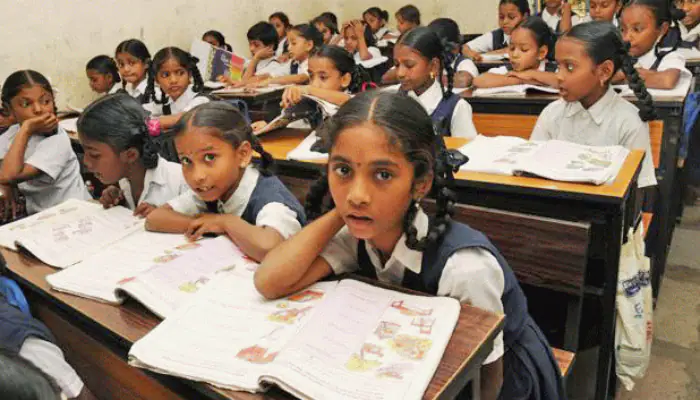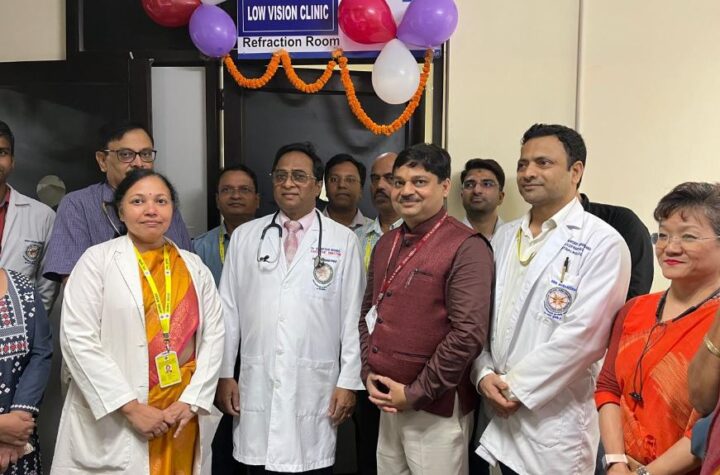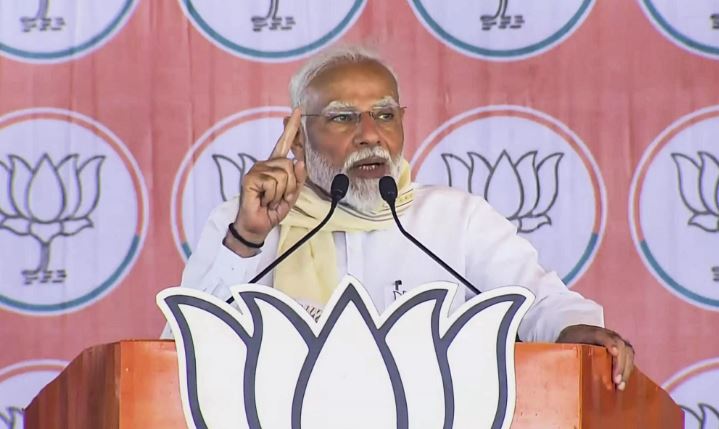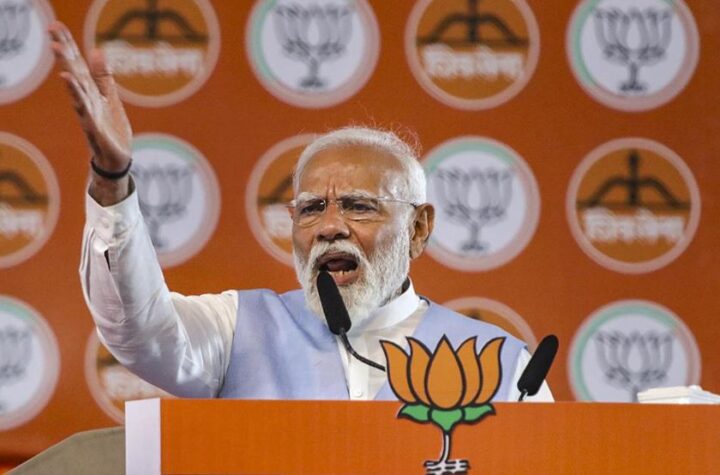Schools in Delhi, Telangana, Karnataka, Tamil Nadu, Rajasthan, Madhya Pradesh, Ladakh reopen from today. For most of the states, the attendance has been made voluntary. SOPs have been released to ensure the safety of students which include staggered lunch breaks, minimum seating capacity in class, masking and sanitization protocols. This is enormously welcome. By forcing schools shut since March 2020, the Covid-19 pandemic has thrown students and teachers into a deep crisis. The Centre’s shortsightedness in not including teachers as frontline workers whose inoculation must be prioritised, shares the blame for compounding school closures. Unless faced with emergency situations such as the question of holding board exams, governments have paid little attention to an
education catastrophe in the making.
According to a parliamentary standing committee report, “around 320 million children in India have not stepped into a classroom for more than a year.” The brunt of this blow has fallen on the vast majority of children who have no means to enter the digital classroom. Even for those able to access online classes, one-way digital learning has been a poor substitute for the physical classroom. Teachers and educationists fear that the consequences of this schooling gap on learning, an area of concern even before Covid, might be formidable. A study carried out in January this year in five
states by a research group from Azim Premji University found not only evidence of a learning loss, but an alarming regression in children’s abilities. Ninety-two per cent had lost one specific language ability and 82 per cent at least one specific mathematical ability from the previous year across all classes. The measure of the absence of school from the lives of children is not only in the loss of learning. It has had emotional costs and most likely led to poor nutrition in the absence of hot cooked mid-day meals.
Going back to school comes with a set of daunting challenges – and not just involving social distancing protocols. From mapping the number of children who have dropped out of education and coaxing students back, to bridge courses that can help restore their skills and confidence, schools must be ready with nimble solutions. The urgent need to return primary school children to the physical classroom, too, can no longer be ignored if the inter-generational loss of learning is not to become permanent. On their part, governments must resist imposing top-down technocratic solutions – and allow schools to take the lead in designing interventions or adapt to the developing Covid situation in their respective areas.











More Stories
Low vision clinic inaugurated at AIIMS Bhubaneswar
Urban education programme comes in handy for Odisha’s tribal, dalit kids
Now country ‘aatank’ struggling for ‘aata’: PM